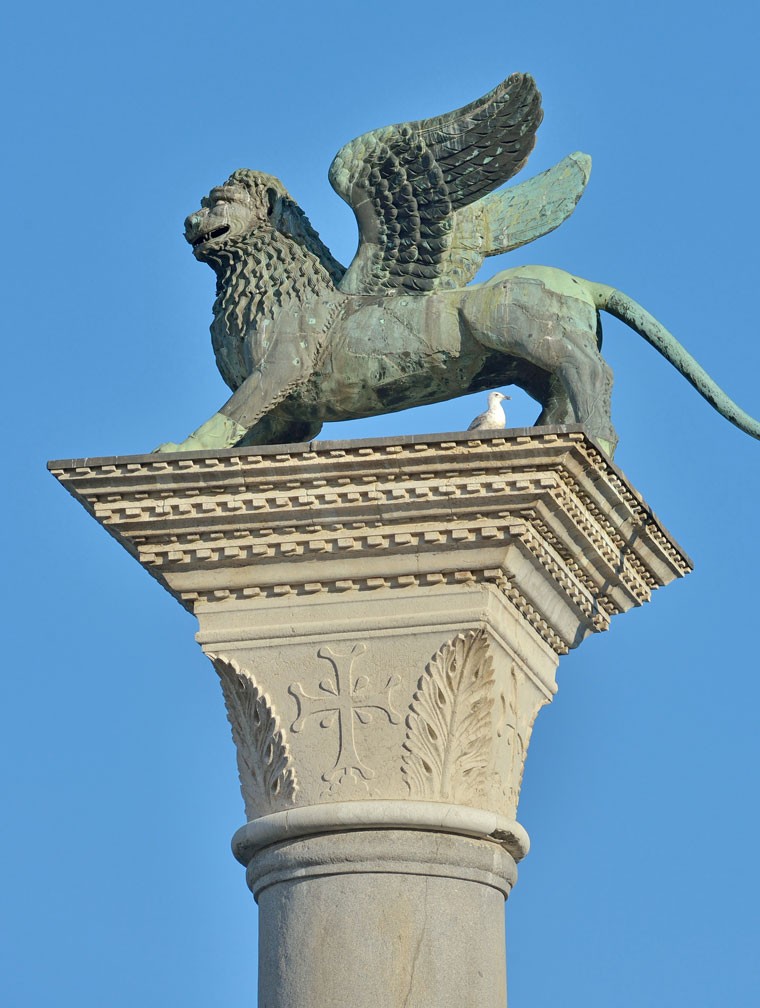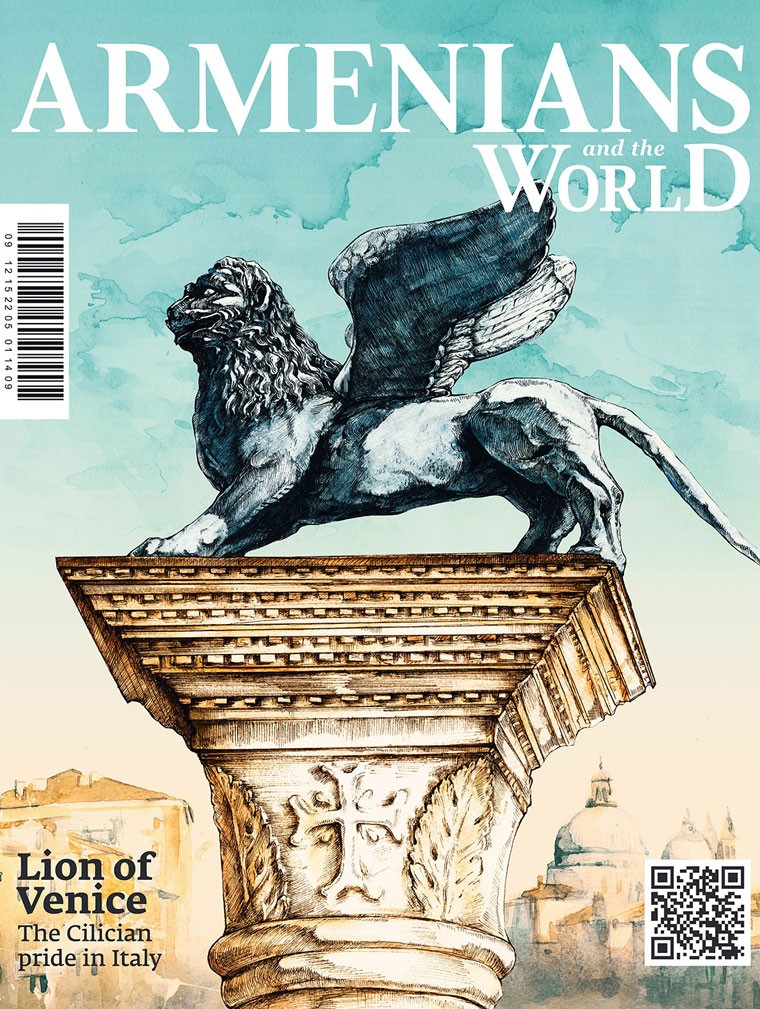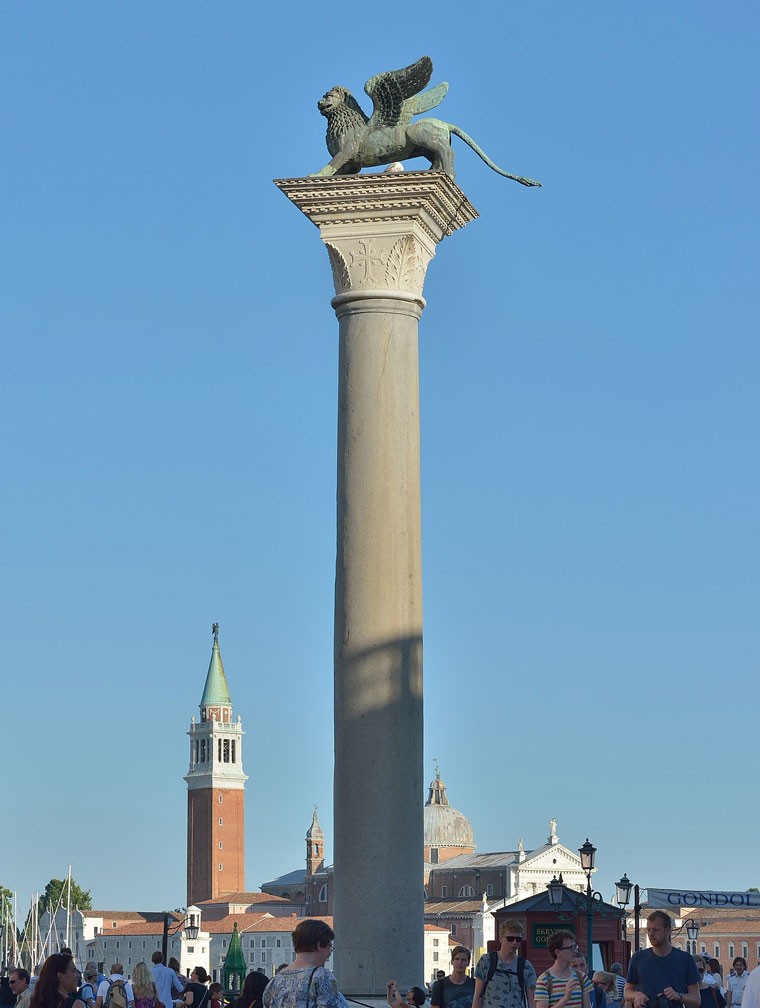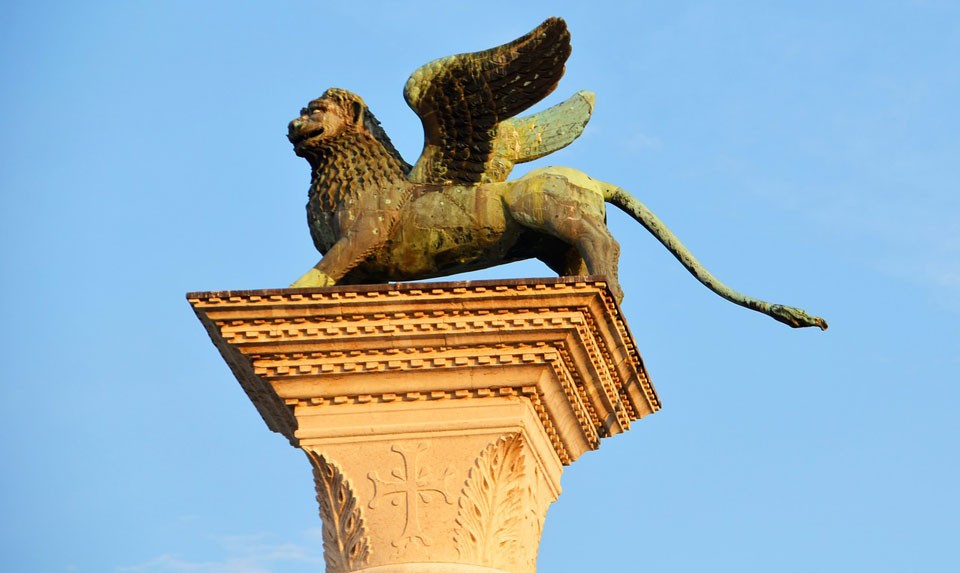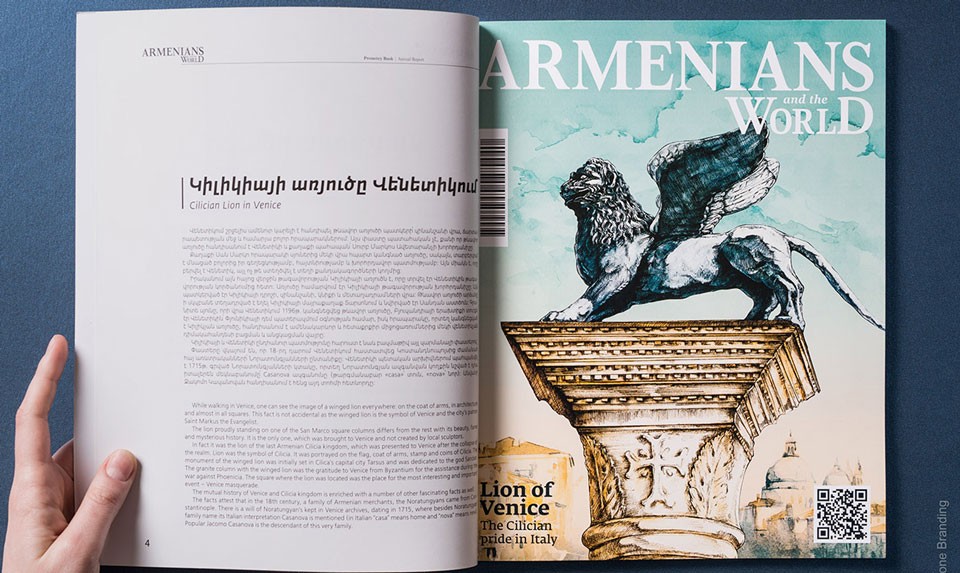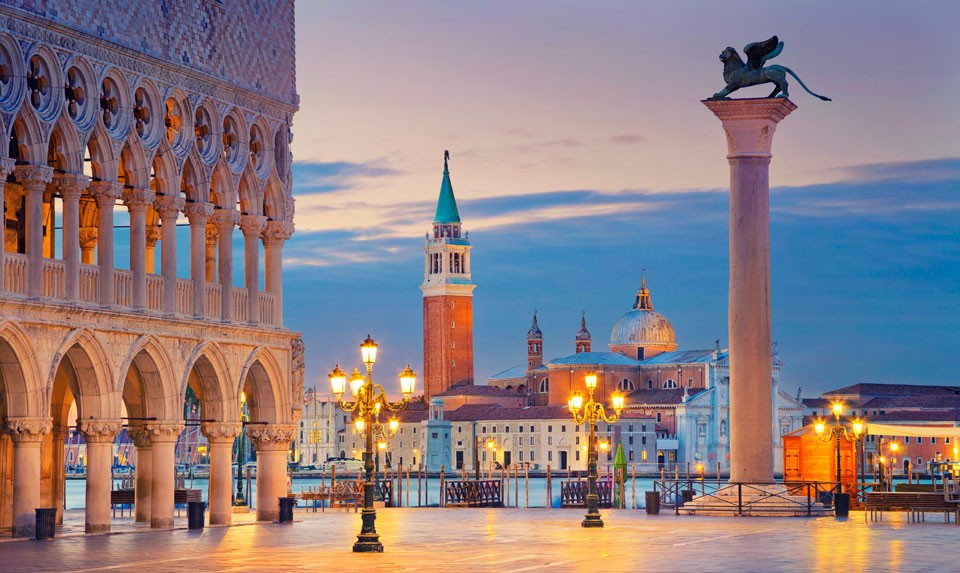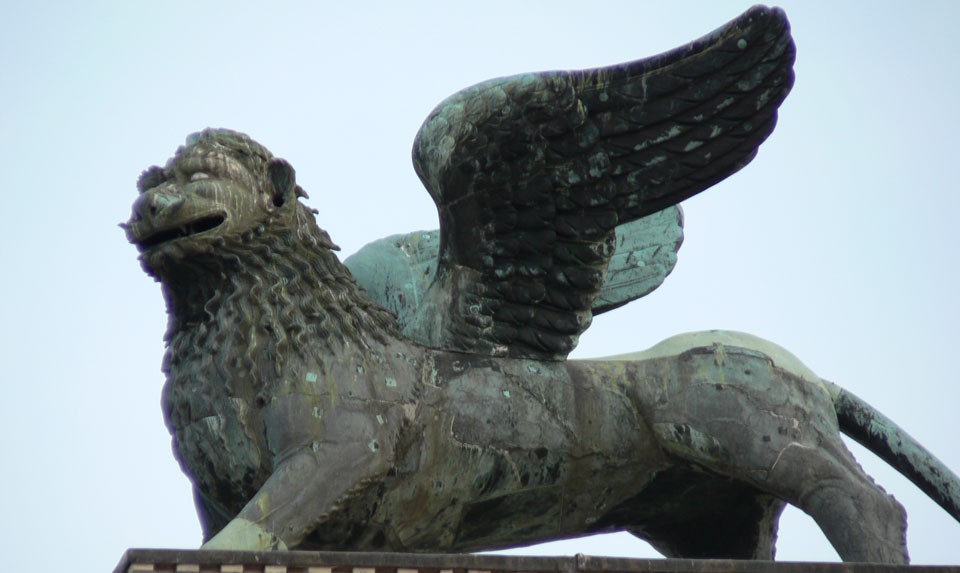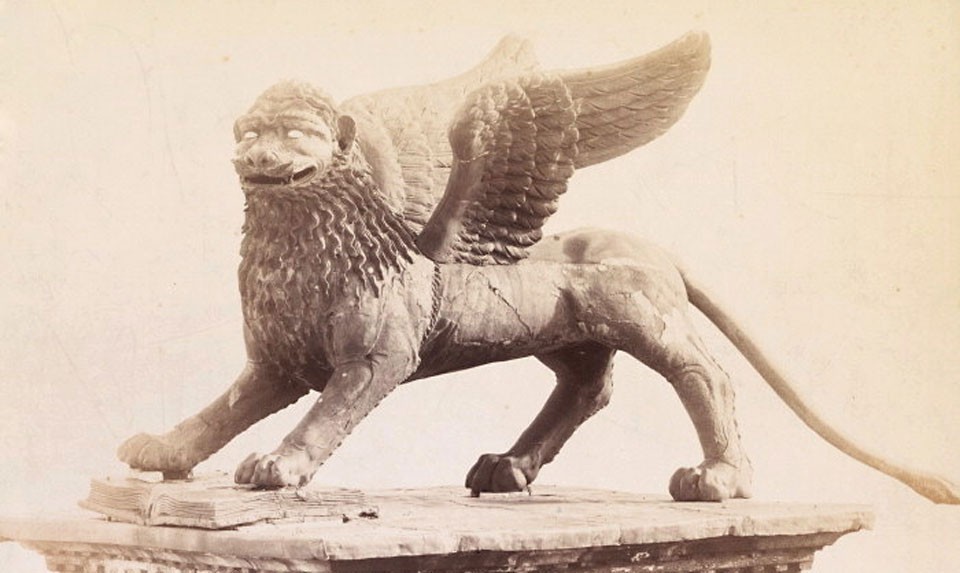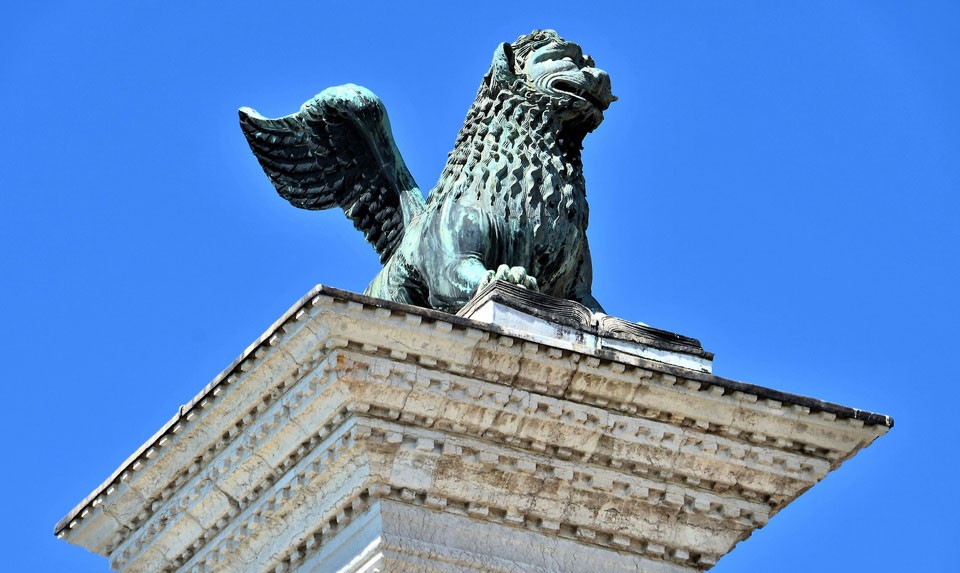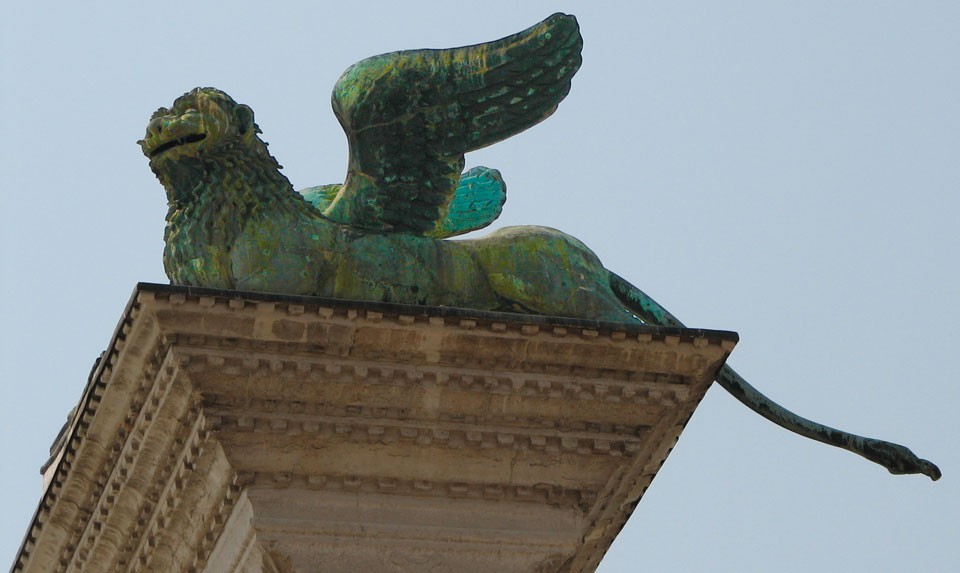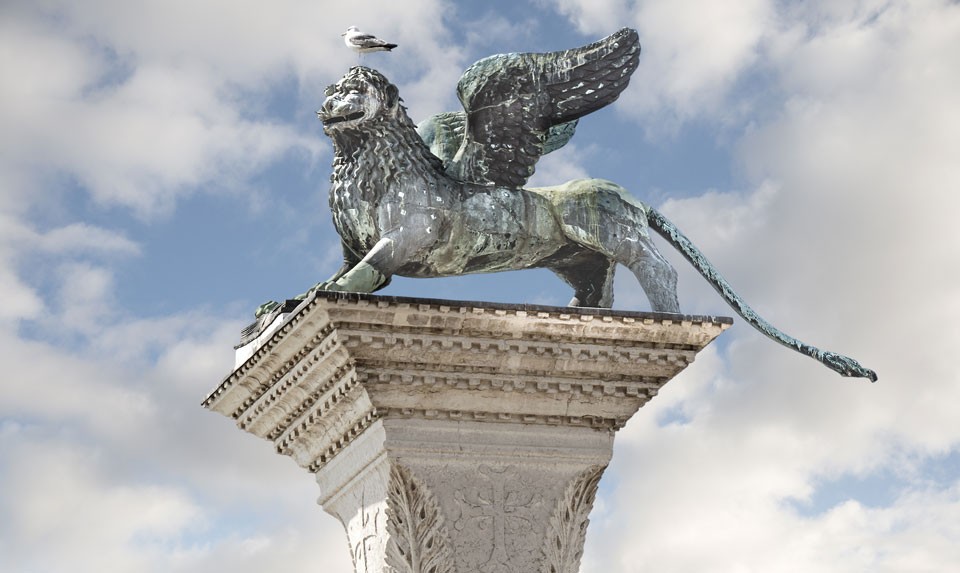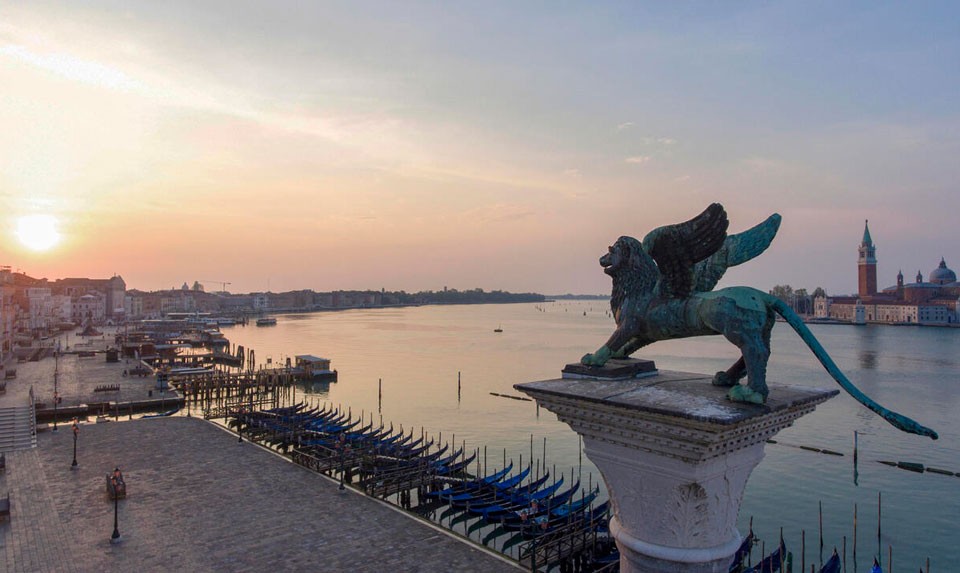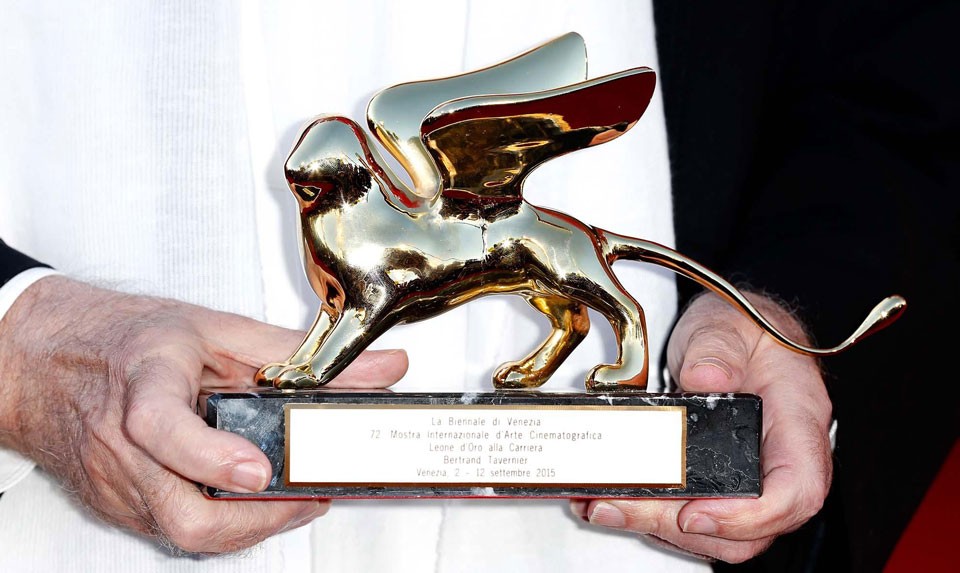The Lion Of Venice: Symbol Of Magnificence And Power Came From Armenian Kingdom Of Cilicia
Cilician pride in Italy
Did you know, that the ancient bronze winged lion sculpture, standing on the pillar in the Piazza San Marco in Venice, which came to symbolize the city, as well as one of its patron saints, St. Mark - arrived from the Armenian Kingdom of Cilicia in the 12th century?
This 3 tons statue has had a very long history, starting its existence as a winged lion-griffin on a monument to the God Sandon in Tarsus in Cilicia about 300 B.C. Sandon was the chief god (see Greek Heracles, Armenian Vahagn) in the Cilician Pantheon from the beginning of the 2nd millennium B.C. A large monument of Sandon was a sight in Tarsus at least until the 3rd century A.D.
Ultimately, the image of the Lion-griffin appeared on the flag of the Venetian Republic, and it is also well known as the “Golden Lion” in the form of the prizes introduced in 1949 at the Venice International Film Festival.
The Armenian Kingdom of Cilicia (1080-1375) was a strong ally of the European Crusaders, and saw itself as a bastion of Christendom in the East. Their capital was originally in Tarsus, and later moved to Sis. The Kingdom also served as a focus for Armenian nationalism and culture, since Armenia proper was under foreign occupation at the time.
Cilicia's significance in Armenian history and statehood is also attested by the transfer of the seat of the Catholicos of the Armenian Apostolic Church, the spiritual leader of the Armenian people, to the region.
